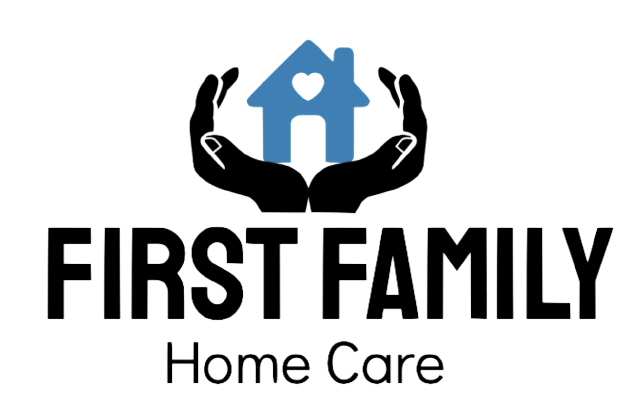Safety Protocols in Personal Care Homes: What to Look for Before Deciding
Share
When choosing a personal care home for yourself or a loved one, it is crucial to prioritize safety protocols to ensure the well-being and security of the residents. Here are some key safety protocols to look for before deciding on a personal care home:
- Staff Training and Certification:
- Ensure staff members are trained in first aid, CPR, and emergency response procedures.
- Check if the staff has undergone background checks and proper certifications.
- Security Measures:
- Look for homes with secure entrances and exits, such as keypad entry or staff-monitored doors.
- Inquire about surveillance cameras and security personnel presence on the premises.
- Emergency Preparedness:
- Assess the home’s emergency evacuation plan and procedures.
- Verify the presence of fire alarms, sprinkler systems, and emergency exits in all areas.
- Healthcare Services:
- Confirm the availability of trained medical professionals for regular health check-ups and emergencies.
- Check if there is a pharmacy on-site or a reliable system for medication management.
- Fall Prevention:
- Look for facilities with grab bars, handrails, and non-slip flooring in bathrooms and common areas.
- Ensure that the environment is clutter-free and well-maintained to prevent tripping hazards.
- Infection Control:
- Inquire about the facility’s cleanliness protocols and regular cleaning schedules.
- Check if there are policies in place for controlling the spread of infections and diseases.
- Personal Security:
- Ensure residents have a way to call for help in case of emergencies, such as personal emergency response systems (PERS).
- Evaluate the availability of secure storage for personal belongings.
- Staff-to-Resident Ratio:
- Inquire about the ratio of staff members to residents during different times of the day.
- A higher staff-to-resident ratio often ensures better and timely care.
- Personalized Care Plans
Every resident in a personal care home has unique needs, and a safe home will provide individualized care plans for each resident. These care plans should address specific medical requirements, dietary restrictions, mobility assistance, and more. The personalization of care plans ensures that residents receive the appropriate level of care and support while minimizing risks.
- Nutrition and Hydration:
- Verify the quality of meals provided, catering to dietary restrictions and preferences.
- Ensure residents have access to fresh water at all times.
- Communication Protocols:
- Understand how the facility communicates with family members regarding the well-being of residents.
- Check if there are regular meetings or updates about the residents’ health and activities.
- Compliance and Licensing:
- Confirm that the personal care home is licensed and complies with all state or local regulations.
- Check for any history of violations or complaints against the facility.
- Resident Engagement and Activities:
- Evaluate the availability of social and recreational activities to keep residents engaged and mentally stimulated.
- A vibrant activity program contributes to the overall well-being of the residents.
By paying attention to these safety protocols and asking relevant questions, you can make an informed decision when choosing a personal care home that ensures a safe and secure living environment for yourself or your loved one.
